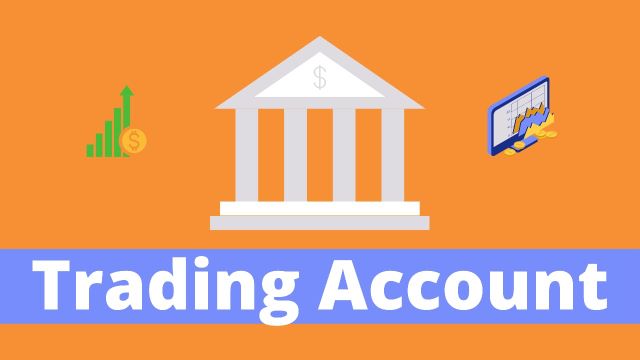Vanilla Exchange Traded Funds (ETFs) are a type of investment fund created to track and mirror the performance of an index, sector, commodity, or basket of assets. They offer investors exposure to underlying investments in a relatively low-cost and easy-to-manage way. ETFs, provide access to markets previously unavailable for individual investors, such as emerging markets and commodities.
Additionally, they can be used as part of your portfolio diversification strategy by providing exposure to different asset classes, such as stocks, bonds, and commodities, all within one package.
This article will explore what vanilla ETFs are and how they work.
What are vanilla ETFs?
Vanilla ETFs are investment funds that track the performance of a particular index, sector, commodity, or basket of assets. They are composed of stocks, bonds, or other securities and can be traded on stock exchanges just like stocks. The fund’s objective is to mirror the performance of its underlying asset as closely as possible by investing in similar types of securities.
Buy and sell crypto currency so visit here swissmoney
Furthermore, ETFs are passively managed, meaning the fund makes no operational decisions about which securities to buy or sell. Instead, it follows a predetermined set of criteria and purchases or sells securities according to the fund’s investment objectives. This means that as long as the ETF follows its underlying index or sector, it can provide investors with a return that is essentially the same as if they had invested in the underlying asset.
How does vanilla ETFs work?
Vanilla ETFs track an index, sector, or commodity and buy shares in the underlying investments to replicate its performance as closely as possible. When you purchase a vanilla ETF, you are essentially buying into a basket of assets; these could range from one specific sector, such as healthcare stocks, or a more diversified portfolio, including different types of equities and bonds.
The fund invests in the same types of assets as its index or sector and then tracks their performance against a benchmark such as the S&P 500. If there is a change in the underlying asset’s price, the ETF’s value will also adjust accordingly. As investor demand for an ETF increases, so does its market price.
Advantages of vanilla ETFs
There are several advantages to investing in vanilla ETFs over buying individual stocks or bonds.
Firstly, they expose investors to a wide range of assets and markets that would not otherwise be available for individuals to invest in. Additionally, ETFs offer a more cost-effective means of diversifying one’s portfolio as they offer access to diversified investments at a lower cost than buying individual stocks.
Furthermore, ETFs are passively managed, meaning they do not require the same level of monitoring and research as actively managed funds. This makes them ideal for investors needing more time or knowledge to manage their investments. Lastly, ETFs can be traded on the stock exchange just like stocks, making them easily accessible and liquid.
Risks of vanilla ETFs
Although there are many advantages to investing in vanilla ETFs, they can also carry certain risks. Investors may only lose money if the underlying assets perform as expected. Due to their passive management style, ETFs may need to be faster to adjust to changes in the market which could result in losses.
In addition, since ETFs are traded on the stock exchange, their prices can fluctuate significantly, which could lead to losses if investors are not careful. Another risk is that ETFs are subject to taxation, meaning investors must know any tax implications when investing in them. ETFs are also subject to fees, which may vary from fund to fund.
It’s important to research the best ETF to buy now thoroughly before you make any decisions to increase your chances of success.
To that end
Vanilla ETFs are investment funds that track the performance of a particular index, sector, or commodity. They offer access to markets and asset classes previously unavailable for individual investors and a cost-effective means of diversifying one’s portfolio.
However, investors should be aware of the risks associated with investing in ETFs as they are subject to charges, taxation, and market volatility. Ultimately, it is essential to research and assess whether an ETF suits your needs before making any decisions.





